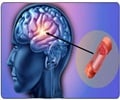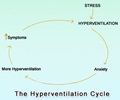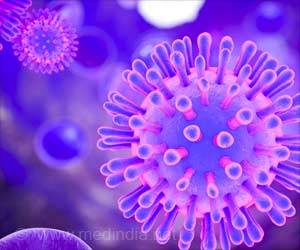New research indicates that stroke patients reported improvements in their motor function and ability to perform activities of daily living.

"Each year, nearly 800,000 people suffer a new or recurrent stroke in the United States, and 50 percent of those have some degree of upper extremity disability," said Vivek Prabhakaran, M.D., Ph.D., director of functional neuroimaging in radiology at the University of Wisconsin-Madison. "Rehabilitation sessions with our device allow patients to achieve an additional level of recovery and a higher quality of life."
Dr. Prabhakaran, along with co-principal investigator Justin Williams, Ph.D., and a multidisciplinary team, built the new rehabilitation device by pairing a functional electrical stimulation (FES) system, which is currently used to help stroke patients recover limb function, and a brain control interface (BCI), which provides a direct communication pathway between the brain and this peripheral stimulation device.
In an FES system, electrical currents are used to activate nerves in paralyzed extremities. Using a computer and an electrode cap placed on the head, the new BCI-FES device (called the Closed-Loop Neural Activity-Triggered Stroke Rehabilitation Device) interprets electrical impulses from the brain and transmits the information to the FES.
"FES is a passive technique in that the electrical impulses move the patients' extremities for them," Dr. Prabhakaran said. "When a patient using our device is asked to imagine or attempt to move his or her hand, the BCI translates that brain activity to a signal that triggers the FES. Our system adds an active component to the rehabilitation by linking brain activity to the peripheral stimulation device, which gives the patients direct control over their movement."
The Wisconsin team conducted a small clinical trial of their rehabilitation device, enlisting eight patients with one hand affected by stroke. The patients were also able to serve as a control group by using their normal, unaffected hand. Patients in the study represented a wide range of stroke severity and amount of time elapsed since the stroke occurred. Despite having received standard rehabilitative care, the patients had varying degrees of residual motor deficits in their upper extremities. Each underwent nine to 15 rehabilitation sessions of two to three hours with the new device over a period of three to six weeks.
Advertisement
Source-Eurekalert












